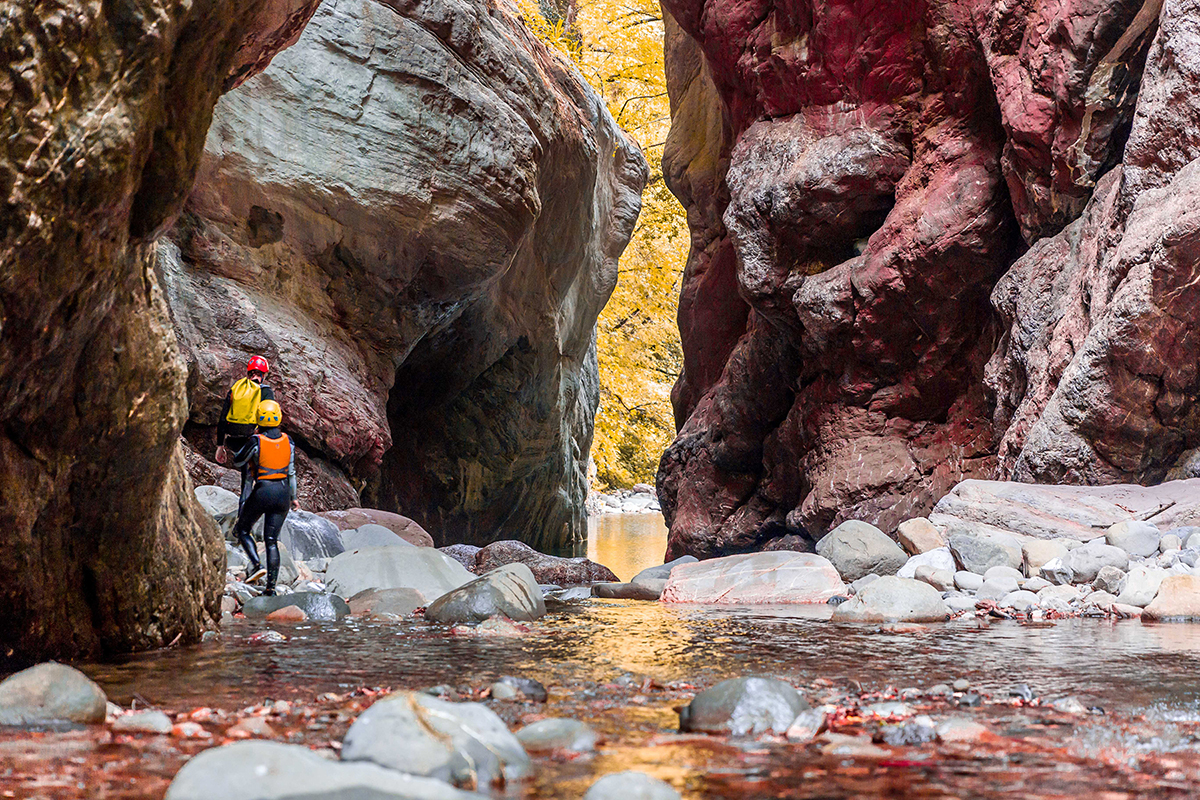
A medieval town at the foot of the Apennines
Pontremoli stands at the foot of the Apennines, at the centre of a vast basin that extends as far as the Cisa Pass and embraces the large area of the Magra, Verde and Gordana valleys. The name comes from the Latin pons tremulus, which referred to the old bridge over the River Verde: tremulus is an old name for the poplar, the material used to build the bridge, or it might stem from the fact that the bridge tended to shake.
The old town centre sits on a spit of land between the confluence of the Verde and the River Magra, at the foot of the Piagnaro hill, which is topped by the castle of the same name.
You can see the town’s medieval history in its countless sandstone bridge houses, which are rather sombre. Pontremoli underwent significant economic development in the seventeenth and eighteenth centuries, which saw it furnished with many new and beautiful signorial palaces. Along with Mulazzo, the town was a cradle of mobile booksellers, who, went to the towns and countryside further north with their wares in wicker baskets on their backs: the “Bancarella” literary prize is associated with this tradition.

From Pontremoli, heading towards the Cirone Pass along the SS62, you come across Mulinello. Follow the signs for Cavezzana d’Antena to reach some hot, sulphurous, natural springs, and then carry on along this road as far as Casalina, where you can visit a water mill. At the end of the town, a path to the left leads you to Ponte della Valscura, a single-arched medieval bridge on the Via Francigena. After Groppodallosio, you reach Pracchiola, where you can make your way to the Cascata del Piscio, a waterfall 40 metres high. From the Cirone Pass you can take a route marked out by G.E.A. (an environmental association), and admire the sandstone church of the Cirone.

At the start of the Verde river valley, you come across Casa Corvi. Towards Cervara, just after Borgallo, you find a crossroads that leads to Grondola. You walk along this road, cross a small bridge, and on the left you see a vast and ancient oak tree, an unparalleled work of nature. You will also find Farfarà, an old set of farmhouses close to the Pisciarotta waterfall, which drops by about 40 metres and is commonly known as tomba (tomb).
Along the road that connects Pontremoli to Zeri, turn off at the junction in the direction of Valunga. You will see signs for the Stretti di Giaredo, an extraordinary kilometre-long canyon along the River Gordana. You need to walk along the riverbed for about 500 metres, against the current, if you want to explore its extraordinary meanders up close.